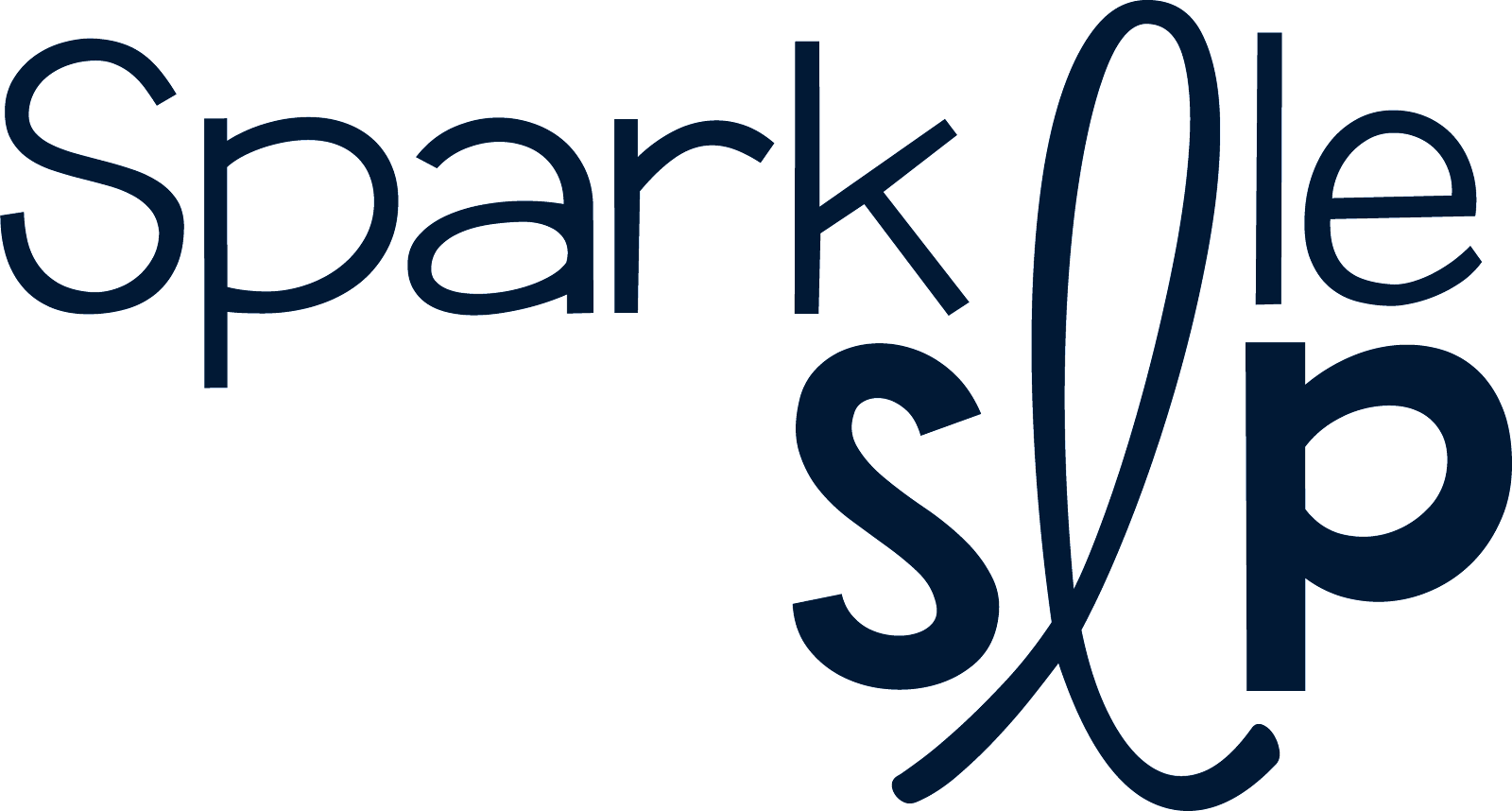Do your teachers use novel studies within their classrooms? Have you considered novel studies within your speech room? Maybe you already have a fondness about using books in therapy. Or maybe you have an aversion because you can't see spending all that valuable therapy time reading a book during your session. Let me take a moment to share my experience.
A novel study is defined as an in-depth study of an author's work through guided reading and independent activities. Many classroom teachers use novel studies regularly, even in the primary grades. What better way to bring the curriculum into your speech room or bring your speech and language support into the classroom than through extended novel studies. SLPs bring knowledge of communication development and language underpinnings necessary for literacy success. SLPs always exhibit "guided reading" when we do read-alouds, teaching a text in ways that are related, yet different as compared to a classroom teacher. I always exaggerate target speech sounds for auditory bombardment, emphasize target grammatical structures that reoccur within the text, and scaffold to aid understanding of vocabulary and higher level language contain within the text.
If you have read this little blog before you know I do have a fondness for using literature books during speech and language therapy sessions within my speech room. I pair popular children's books with book companion activities that I have created targeting speech and language objectives. This year, I've been spending more time in classrooms. As I'm working with my students in one particular classroom, I'm noticing these fabulous novel studies happening. The read aloud usually ends just as I enter the room and then the students begin independent activities surrounding the text. What I realized was that my obsession with using literature books in therapy was actually more relevant than I sometimes led myself to believe. I too, stressed over the time I spent reading the book during my already short therapy session as well as at my limited tallied data collection. Often I told myself to ditch the books and go back to straight skill and drill. What kept me buying books and creating new companions was the active interest my students showed during therapy with books.
Simply stated, literature books offer thematic content, varied vocabulary, plentiful sentence structures, higher level language, social lessons, and speech sound targets galore. Check the objectives on your students' plans and decide if these categories fit your needs. Let's take a closer look at a novel study from classroom to speech room.
Over the last two weeks my students have been working with The Wild Christmas Reindeer by Jan Brett. Some of the 2nd grade classroom teacher's targets included: cause and effect; the "lesson" of the story; and non-fiction (reindeer) research.
 |
| Product Source |
Using this same text (that the teacher already read and discussed with her students:), I created activities that matched my students' therapy targets. (I actually used this text with all my 1st-3rd grade students covering plans for roughly 30 students on my caseload). It is not necessary to have a formal book companion pack, rather I am discussing what I have targeted to give you an example of the wide variety of objectives that can be addressed using one book.
Articulation/Phonology Targets:
auditory bombardment of target sounds
writing target words from the story (sorting into beginning, middle, and end) for quick drill
story retelling for carryover
student read aloud for articulation in reading
Morphology/Syntax:
emphasis of target structures within the text
practice with target sentence structures using the vocabulary from the text
retelling using story grammar elements for narrative development
recall of sentences from the story
pronouns, verbs, conjunctions, compound and complex structures
Semantics/Expressive & Receptive Language:
tier 1 vocabulary for targeting category, function and attributes
tier 2 vocabulary for targeting synonyms, antonyms, multiple meanings, and context clues
"WH" questions
inferencing
barrier activities
linguistic concepts
figurative language
Articulation/Phonology Targets:
auditory bombardment of target sounds
writing target words from the story (sorting into beginning, middle, and end) for quick drill
story retelling for carryover
student read aloud for articulation in reading
Morphology/Syntax:
emphasis of target structures within the text
practice with target sentence structures using the vocabulary from the text
retelling using story grammar elements for narrative development
recall of sentences from the story
pronouns, verbs, conjunctions, compound and complex structures
 |
| Sample activities from The Wild Christmas Reindeer Book Companion |
Semantics/Expressive & Receptive Language:
tier 1 vocabulary for targeting category, function and attributes
tier 2 vocabulary for targeting synonyms, antonyms, multiple meanings, and context clues
"WH" questions
inferencing
barrier activities
linguistic concepts
figurative language
Pragmatics:
character feelings
social inferences
reader's theater
What are some ways you bring novel studies from the classroom into your speech room? I would love to learn your experiences. You can download The Wild Christmas Reindeer Speech and Language Speech and Language Book Companion FREE until Christmas 2016 if you want to start preparing for next year!









